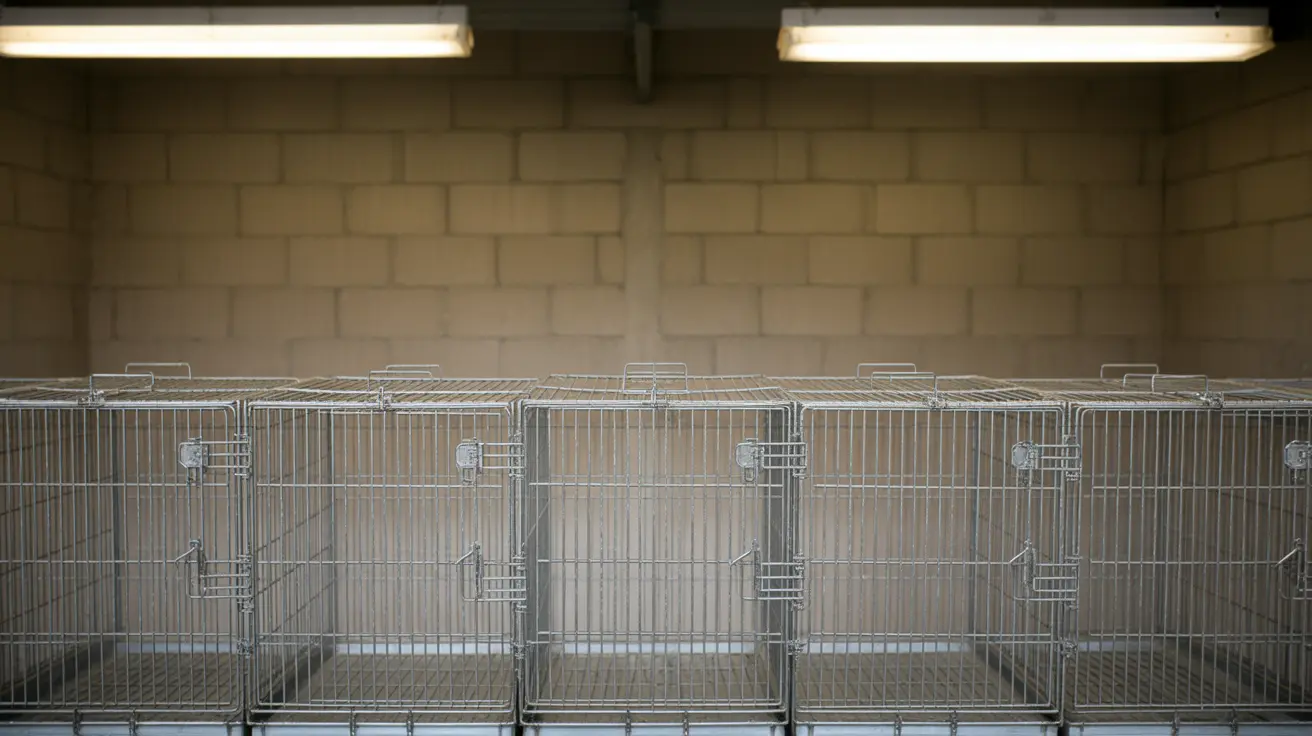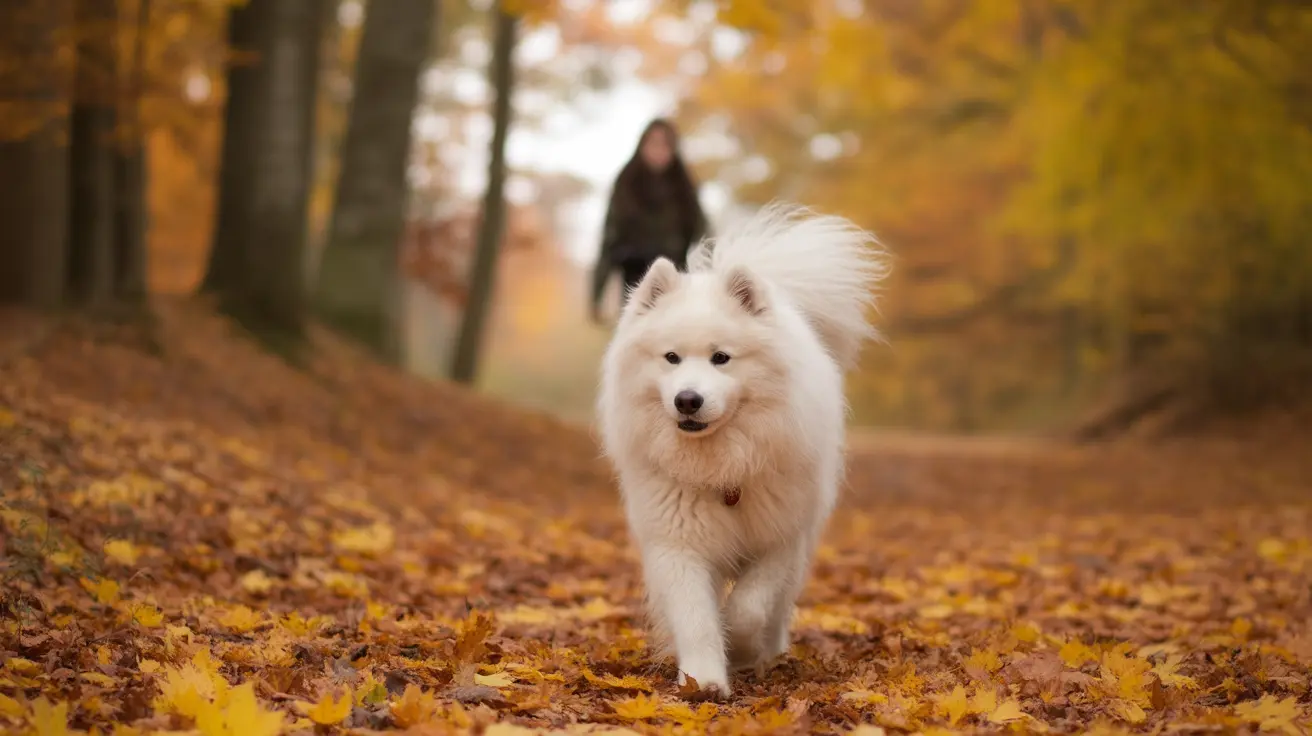Is It Ever Too Late to Train a Cat?
Training a cat is often associated with kittens, but many pet owners wonder whether an older cat can also be trained effectively. While it's true that training a younger cat might be easier due to their heightened curiosity and adaptability, it's absolutely possible to train a cat at any age — including teaching them to use a cat flap. Age can influence the approach and the time it takes, but with consistent effort and understanding, older cats can be taught just like their younger counterparts.
Understanding Feline Learning at Any Age
Cats are naturally inquisitive and can learn through repetition, observation, and positive reinforcement. While kittens may grasp new concepts faster, adult and senior cats can still adapt. The key is to account for the individual cat's temperament, physical health, and environmental factors. For example, older cats may have joint issues requiring the flap to be installed at a more accessible height.
Steps to Train a Cat to Use a Cat Flap
Whether you're training a young or older cat, the method remains fairly consistent. Here are the major steps:
- Familiarization: Let your cat explore and sniff the cat flap before installation. Removing the mystery goes a long way.
- Prop the Flap Open: Especially useful for nervous cats, this allows them to see through and understand that it's an exit/entrance.
- Introduce Scent: Rub a soft cloth over your cat’s face and then on the flap. This helps them connect with the object visually and olfactorily.
- Use Treats and Toys: Rewards such as chicken or tuna placed just beyond the flap can entice them through.
- Demonstration: Gently push the flap with your hand or allow another trained cat to demonstrate its use.
- Reduce Barriers: Magnetic or smart flaps can sometimes be hard to push. Reducing magnet strength can help older cats manage better.
- Modify the Environment: Ensure that the paths leading to and from the flap are sheltered and feel safe.
Special Considerations for Older Cats
Older cats may not be as eager to learn or may resist changes in routine. This doesn’t mean they can't learn; it simply means more time and tweaks are necessary:
- Accessibility: Ensure the flap is installed at a height suitable for aging joints.
- Increased Reassurance: Older cats often prefer routine and familiarity. Introducing change gradually is especially helpful.
- Noise Sensitivity: Loud clicking or magnetic sounds can be alarming. Reduce flap noise with foam or tape.
- Physical Comfort: If your flap has any broken or stiff parts, fix them promptly. An older cat is unlikely to force their way through any resistance.
Patience and Positive Reinforcement
Regardless of age, never force your cat through the flap; this can create aversion. Instead, rely on incremental steps and plenty of positive reinforcement — treats, play, and affectionate praise when they make progress. Some cats may take days to adapt, others may take weeks or more — the key is consistency.
Pro Tips from Cat Owners and Trainers
- Use strong-smelling treats like tuna or ham strategically.
- Tie the flap open initially, then slowly introduce resistance.
- If your older cat refuses to try, a cloth or cling wrap barrier may ease the transition.
- Avoid creating dependency by not continuously opening the flap for them.
- Observe your cat's reaction and adapt your methods accordingly.
Final Thoughts
In conclusion, it’s never too late to train a cat. Even senior cats can learn how to use a cat flap provided the process is thoughtfully executed. The strategies that work best involve gentle exposure, motivation through rewards, and sensitive adaptation to individual feline behaviors. With time, most cats — regardless of age — can gain the confidence to use a cat flap independently.





